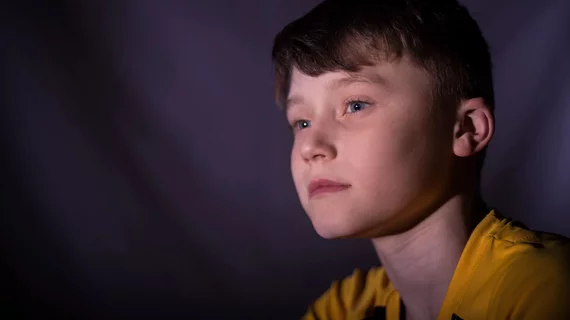Researchers have located the part of the brain that causes pediatric patients to stop breathing during a seizure, sharing their findings in JCI Insight.
The study’s authors explored data from eight young patients with epilepsy who underwent seizure mapping with implanted electrodes. Patients ranged from three years old to 17. Similar research has focused on adult patients in the past—but, according to the authors, they are the first to explore this area in children.
By monitoring each patient’s breathing and using an advanced machine learning algorithm, the team was able to pinpoint a subregion of the amygdala—called the “amygdala inhibition of respiration (AIR) site”—that plays a key role when children experience a loss of breathing. None of the patients realized they had stopped breathing when it occurred.
“We think the patient's lack of awareness or alarm that they have stopped breathing, which we also see in adult patients, may be critical in sudden unexpected death due to epilepsy (SUDEP),” contributing author Brian Dlouhy, MD, department of neurosurgery at the University of Iowa, said in a statement.
Moving forward, Dlouhy et al. hope their research can play a key role in the treatment of young patients with epilepsy.
“Pinpointing exactly which part of the amygdala is responsible for loss of breathing during seizures could be key to preventing SUDEP,” Dlouhy said in the same statement. “A more complete understanding of the AIR site may prove valuable for determining which patients are at greatest risk for SUDEP and may even provide a therapeutic target for preventing seizure-induced apnea and SUDEP.”

